
Abbas Kiarostami, Iran’s most recognized and celebrated filmmaker, is currently under attack in the Islamic Republic for a statement he made about Iranian war films during a student workshop at Syracuse University in April. Iranian state media and hardline cultural critics are calling for Kiarostami to apologize, but he has refused to concede. Although this appears to be another instance in a long line of recent attacks by hardliners on artists and journalists in Iran, this is in fact a broader war over the right to narrate the country’s future.
In the last ten minutes of Kiarostami’s 76-minute workshop at Syracuse, he spoke about an article that the prominent war filmmaker Ebrahim Hatamikia had written in the spring criticizing Kiarostami’s work. Hatamikia accused Kiarostami of making a film about a child in search of a notebook in Where Is The Friend’s House, while during that same 1980s era thousands of young men were dying in the Iran-Iraq War. Kiarostami mentioned a comment that a reader posted on under Hatamikia’s article: “Where is The Friend’s House remains as an important film in history because it touched upon universal concepts, while your [Hatamikia’s] films were about a period of Iranian history where young men were encouraged to fight in a war and got killed...now we can sit and think about why these young men died in a meaningless war.” The Islamic Republic’s state television aired that segment of the workshop earlier this week. Since then a media war has ensued with hardliners accusing Kiarostami of declaring the Iran-Iraq War as “meaningless,” without pointing to the fact that he was quoting a reader’s comment.
In an attempt to provide some clarity, Habib Ahmadzadeh, a veteran of the eight-year war who is now a scriptwriter and filmmaker, interviewed Kiarostami to promote dialogue around what remains, within Iran, a deeply contested and divisive subject. Kiarostami says he will not apologize because he has nothing to apologize for. He states: “I am indebted to all those who fought the defensive war in Iran...but I don’t know who I am supposed to apologize to and for what.”
To western observers of Iran, this dispute may seem meaningless: why would there be such a big fuss about films made about a war that ended 26 years ago? To many Iranians, this is just another tired iteration of decades of policing about how the war is depicted in Iran. But what this debate illustrates at heart is the continual dispute among insiders and outsiders (khodi/gheyr-e khodi) of the Islamic Republic about who has the right to narrate the war. These debates have manifested themselves in various ways over the past three decades, but what is crucial about this particular historical moment is that the stakes are about the future of the Islamic Republic itself: the audience is the youngest generation who makes up the majority of the population and who has no memory of Iran’s most defining contemporary conflict, its war with Iraq.
In the Islamic Republic of Iran, it is the Iran-Iraq War, and not the 1979 Revolution, that is the unifying moment of the regime. The 1979 Revolution involved too great spectrum of leftist, nationalists, and secularist forces vying for the future of the country to be easily contained and coined in purely “Islamic” terms, despite the regime’s best efforts. Instead it is the war that provides the ideal ground where the values of the Islamic Republic can be demonstrated and propagated, through a heavy propaganda effort.
Over the past decade a younger generation of pro-regime filmmakers has criticized the propaganda films of the 1980s and early 1990s on state television and in newspapers. Veterans themselves have also grown tired of the state using their stories for its own political gain. These pro-regime filmmakers instead argue for a different and more nuanced depiction of the war. Hatamikia’s latest film, Che, is an attempt in that vein: a biopic about the famed guerrilla fighter, Mostafa Chamran, who fought alongside the Palestinian Liberation Organization in Lebanon. This high-production film aims to introduce Chamran as a hero for the young generation in Iran: a man with a Berkeley education and an American wife who had deep moral predicaments about killing innocent people, yet fervently believed in fighting oppression through revolutionary movements around the world. With its red film poster and the title Che, Hatamikia consciously introduces the Islamic version of Che Guevara for young audiences.
For Kiarostami and the art house filmmakers of Iran, who very much are “outsiders” (gheyre-khodi), the films produced by “insider” (khodi) filmmakers such as Hatamikia are compromised by the generous state subsidies that enabled them. For “insider” filmmakers, the international recognition and prestige that “outsider” filmmakers such as Kiarostami receive are exaggerated and provide them with an unfair international platform.
I was privy to a private meeting earlier this year in Tehran between pro-regime cultural journalists and an “outsider” filmmaker who directed a film about the 2009 Green Movement. The journalist for the hardline RajaNews yelled at the filmmaker: “Our biggest problem with you all is that for 35 years you have closed your eyes to us. You don’t see us! We’re so tired of you all depicting the Islamic Republic in such cliché terms in your films. It’s all just showing our boys saying: ‘sister, fix your veil.’ We’re more complex than that!”
Although the director of that film fought back and said that he and his colleagues often felt that hardline journalists were on a witch hunt against them, the hardline journalist conceded: “More people watch your films than read our articles or see our films!”
The public fight between Kiarostami and Hatamikia, as well as the numerous private disputes I have witnessed in five years of researching pro-regime filmmakers, concerns far more than wounded egos.
It is ultimately about the politics of representation in Iran and ownership of the country’s war narrative. Who will have the right to tell the story of the war to Iran’s young people? It is they who by sheer force of numbers will determine the future of Iranian society.
visit the accountability section
In this section of Iran Wire, you can contact the officials and launch your campaign for various problems




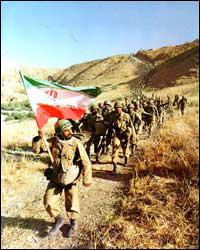



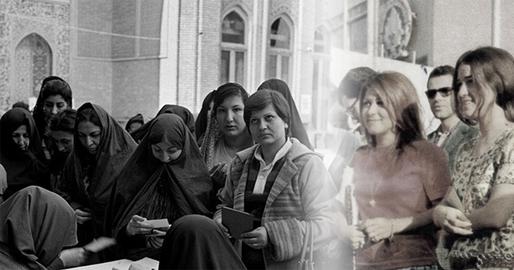

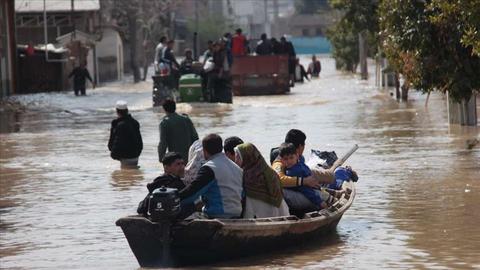
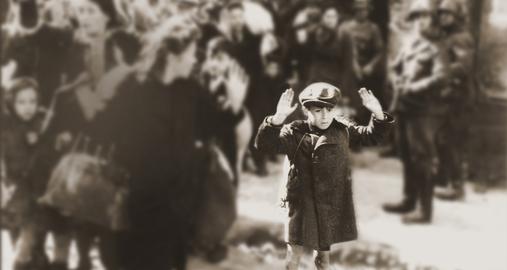
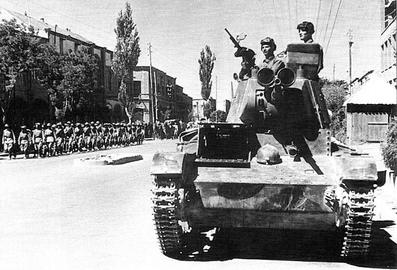
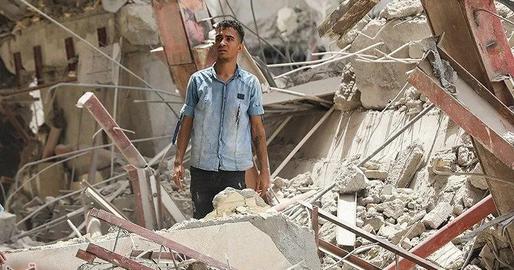
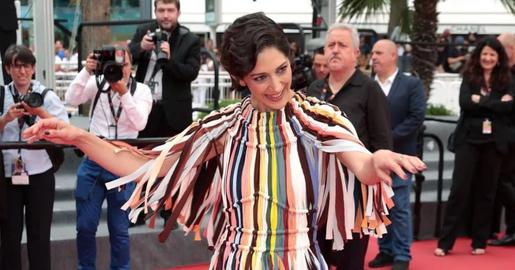





comments